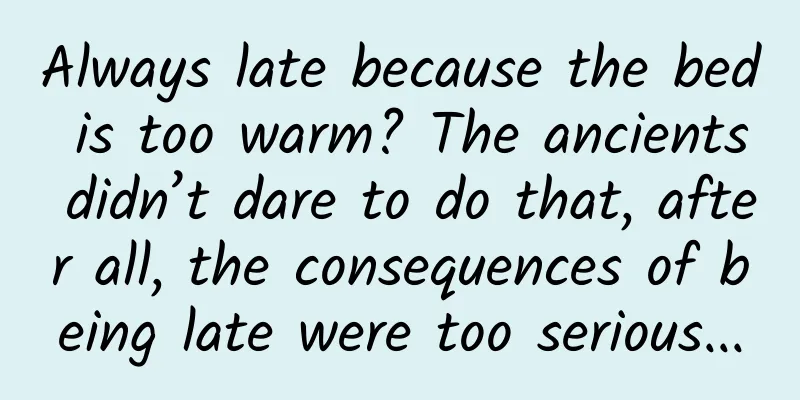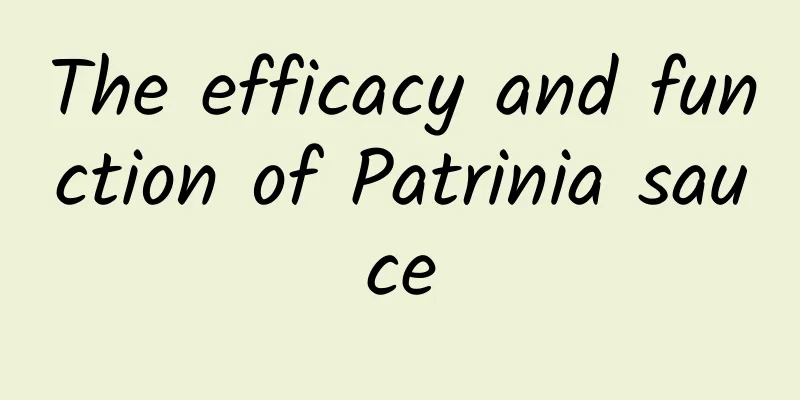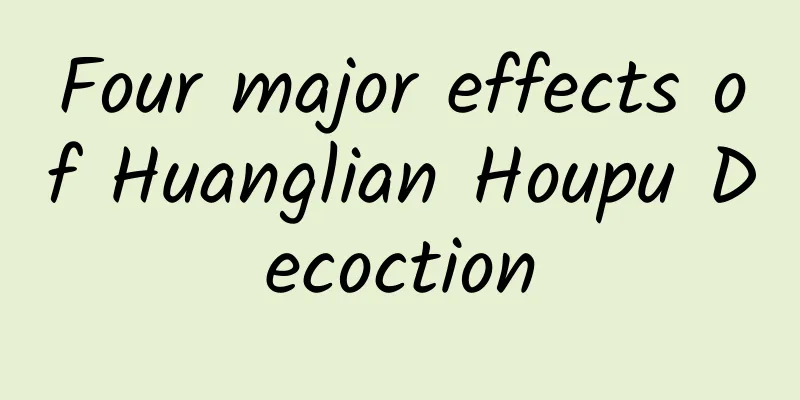The efficacy and function of prairie geranium

|
As the pressure of modern life increases, more and more health care methods are emerging, but the most popular ones are still traditional Chinese medicine and Chinese medicine that have been tested for thousands of years. For example, prairie geranium, what are the effects and functions of prairie geranium? Let me introduce it to you today. [Alias] Redroot grass (Gansu Provincial Health and Epidemic Prevention Station, "Observation on the Efficacy of Redroot Grass in Treating Acute Bacillary Dysentery"). [Source] It is the whole herb of Geranium prairieum of the Geranium family. [Original form] Perennial herb, 30 to 90 cm tall. The rhizome is short and erect, with a cluster of thick, fleshy grains, 6 to 10 cm long. The stem is erect, slightly covered with white soft hairs, branching upward, and the branches are covered with spreading dense glandular hairs. The leaves are round, kidney-shaped, 2.5-6 cm in diameter, 7-parted, the lobes are obovate-cuneate, deeply pinnate or pinnate-fissure on the upper part, slightly shortly pubescent on the upper side, and sparsely pubescent on the veins below; the basal leaves and lower stem leaves have long petioles, 3-4 times longer than the leaf blades, the cymes are terminal, the petioles are 2-5 (10) cm long, and there are 2 flowers; the pedicels are 1-3 cm long, with dense white glandular hairs; the sepals have the same glandular hairs; the petals are blue-purple, 1.5 times longer than the sepals. The capsule is about 8 cm long. [Habitat distribution] Grown in grasslands and forest edges. Distributed in Northeast China, North China, Northwest China and Sichuan. [Chemical composition] The rhizome contains tannins, of which 11.9% can be precipitated by whey protein and 21% are polyphenols. The above ingredients include gallic acid, L-epicatechin, D-epicatechin, chebulic acid, 6-galloylglucose, bigallic acid and 3,6-digalloylglucose. The roots contain 19-34% tannins, and the leaves contain 12-20%. [Pharmacological action] The water extract of fresh leaves has a moderate antibacterial effect against Escherichia coli, Bacillus subtilis, Salmonella typhi, Staphylococcus aureus, Serratia marcescens, etc., but is ineffective against fungi. 【Functions and indications】 Treat bacillary dysentery. [Clinical application] For the treatment of acute bacillary dysentery, use 1 liang of red root grass, 3 qian of licorice, add 200 ml of water, boil until 80-100 ml, and take it 3 times a day. Children take half dose. It can also be processed into sugar-coated tablets for oral administration. A course of treatment is 7 days. A total of 187 cases were treated with the decoction, of which 92 (67.2%) were cured (symptoms disappeared, bowel movements were less than 2 times a day, appearance was normal, stool microscopy showed no more than 3 white blood cells per high-power field or stool culture was negative for 3 consecutive times), 33 (24%) were improved, and 12 (8.8%) were ineffective. 30 cases were observed using tablets, 27 were cured and 3 were ineffective. The fever of this group of patients disappeared in an average of 2.8 days; abdominal pain, tenesmus and tenderness in the left lower abdomen disappeared in 2.8 days, 2.4 days and 3 days respectively; the stool characteristics, frequency and microscopic examination of red and white blood cells returned to normal in 4 days, 2.5 days and 3.6 days respectively. Among the 24 patients who tested positive for bacterial culture, 20 turned negative after one course of treatment. After treatment, 12 cases were followed up for 1 to 3 months and no recurrence was observed; bacteriological reexamination showed that 10 cases were negative and 2 cases were carriers. Side effects: Only one case experienced nausea and upper abdominal discomfort after taking the medicine, which disappeared within 1 day. 【Excerpt】 《*Dictionary》 Through the introduction of the above content, we can understand that prairie geranium plays a very important role in treating some diseases. The consumption of the Chinese medicinal herb geranium should also be determined according to one's physical condition. Remember not to use the medicine blindly. |
<<: The efficacy and function of white cohosh
>>: The efficacy and function of Acanthopanax scabra
Recommend
The "impatient" one is really beautiful and magical
An impatient person usually refers to a person, b...
The efficacy and function of chrysanthemum leaves
As people's research on traditional Chinese m...
What are the effects of wound grass
In the eastern part of Henan Province in my count...
How much licorice should be soaked in water?
It is best to put 3 to 5 grams of licorice in wat...
The efficacy and function of scaly balsamina
As a very common Chinese medicinal material in da...
Be careful! If your rice cooker has this problem, don’t use it!
This article was reviewed by Chu Yuhao, PhD from ...
Which workers will be replaced by robots? The latest algorithm gives you the answer
When people think about a future with intelligent...
The efficacy and function of the root of charcoal
The environment is now seriously deteriorating an...
The efficacy and function of rock shanzhi
Yanshanzhi is a famous traditional commonly used ...
How is a brick of the Great Wall fired?
Starting from Shanhaiguan in Hebei in the east an...
What are the effects of Bai Fuling
White Poria cocos is relatively unfamiliar to peo...
Please check this cybersecurity checklist!
The 2022 National Cyber Security Publicity Week...
Count the 10 characteristics that cancer cells "prefer". How many of them do you have?
In life, we often hear that someone around us is ...
What are the effects and functions of Ligustrum lucidum
Friends who have experienced blurred vision and p...









